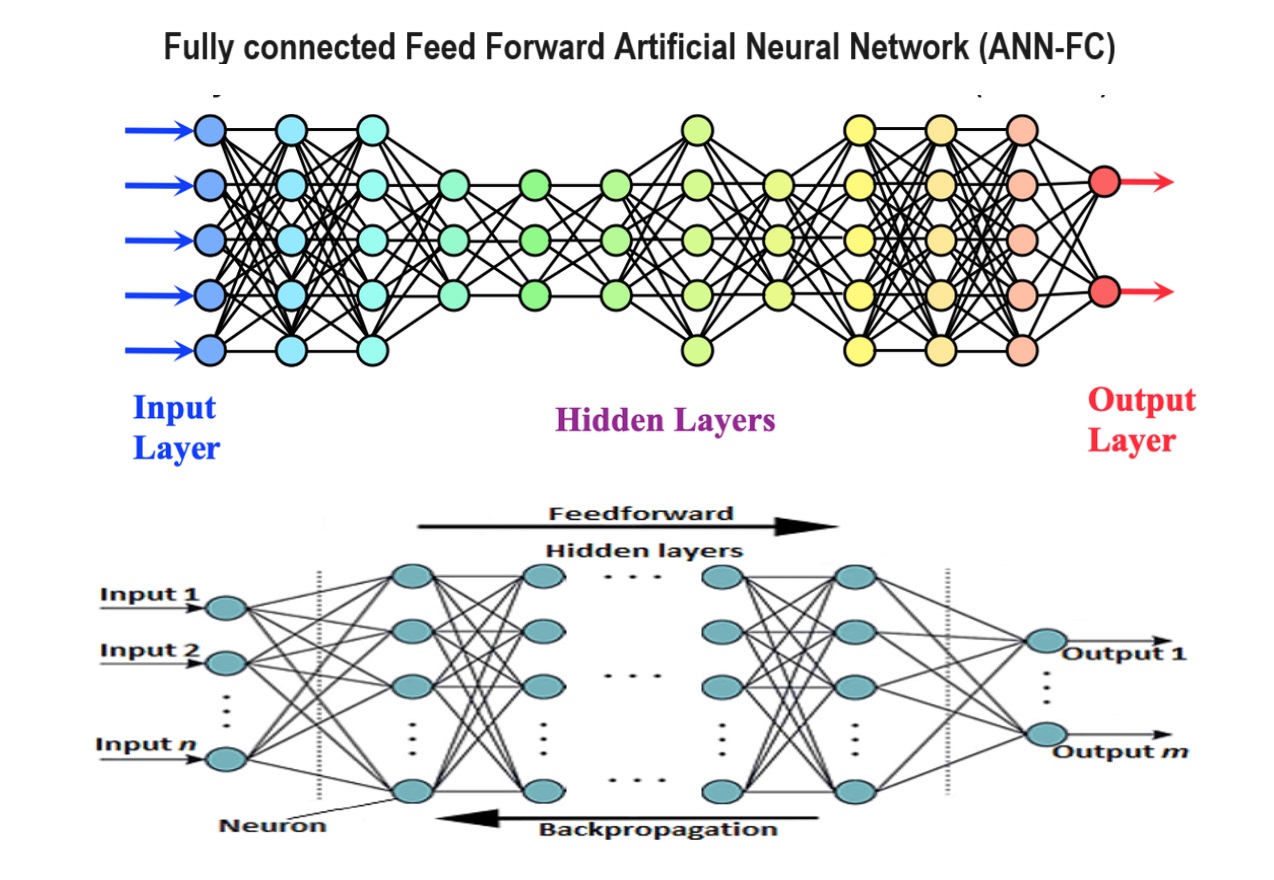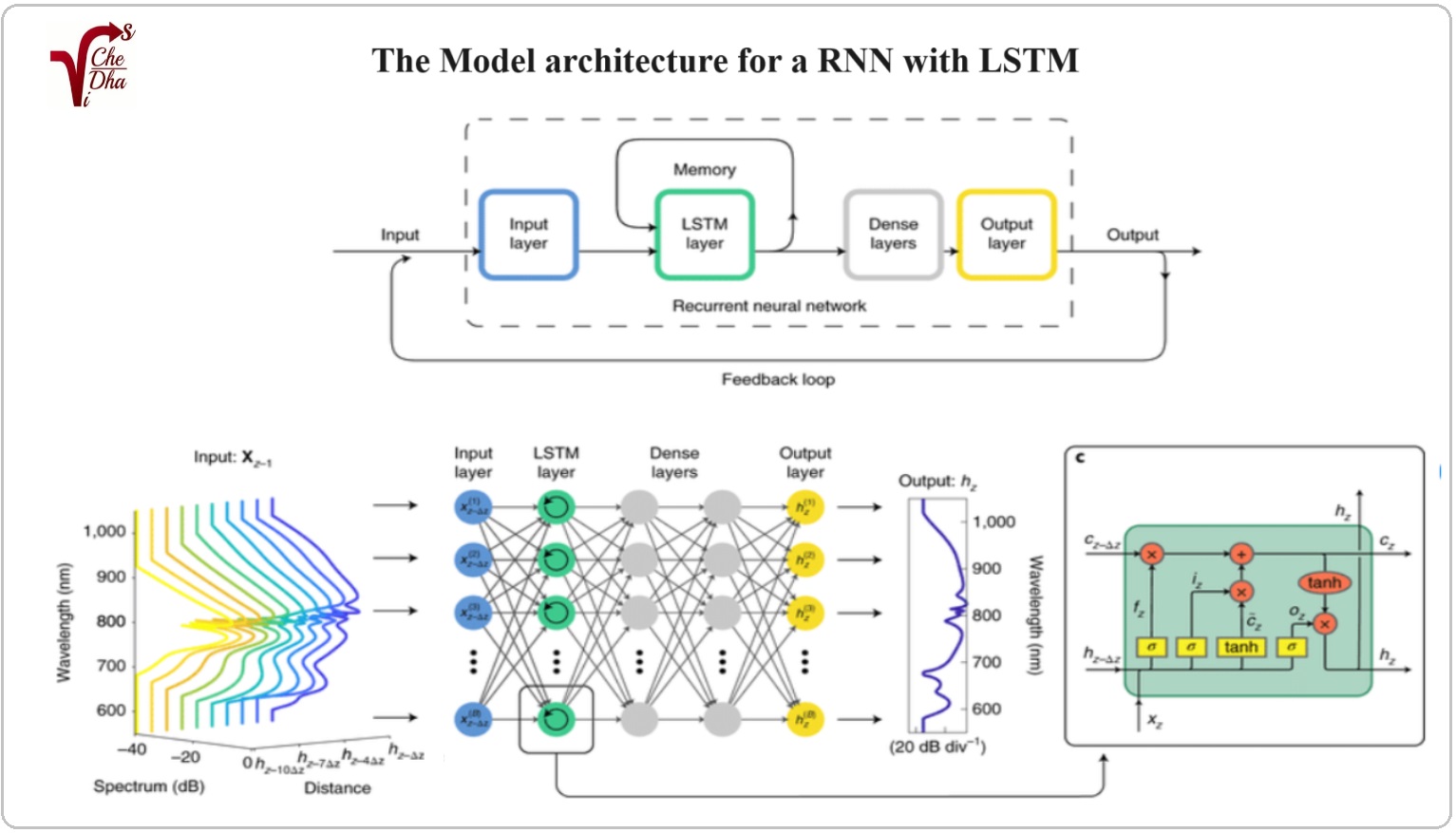Vischedha.ai Machine Learning Services
Vischedha.ai stands as a comprehensive provider of end-to-end AI services, offering tailored Machine Learning solutions that span from development to deployment. With a customer-centric approach, Vischedha.ai adeptly navigates the intricacies of various problem domains, ensuring their AI services align seamlessly with client needs. Leveraging cutting-edge technologies, they excel in crafting robust ML models using frameworks like Scikit-learn, PyTorch, TensorFlow, and Keras.
The process encompasses thorough data collection, preprocessing, and model training, culminating in the deployment of refined models that optimize businesses. Beyond mere implementation, Vischedha.ai prioritizes ongoing collaboration, continuous improvement, and ethical considerations, demonstrating a commitment to delivering impactful and sustainable AI solutions for diverse business challenges.
Vischedha.ai provides the following AI-driven Machine Learning solutions
| Learning Type |
Models & Algorithm |
Customer Services |
| Supervised Learnings |
Vischedha.ai stands out as a leading provider of AI services, specializing in supervised machine learning. With a focus on customized solutions, Vischedha.ai addresses diverse customer use cases effectively. The implementation leverages prominent technologies, predominantly utilizing Python along with key frameworks such as Scikit-learn, PyTorch, TensorFlow, and Keras. Additionally, visualization is enhanced through Matplotlib and Seaborn.
ML Algorithms
. Linear, Ridge, Lasso Regressions
. Logistic Regression
. Decision Trees, Random Forest
. Support Vector Machines (SVM)
. K-Nearest Neighbors (KNN), Naive Bayes, XGBoost
|
These algorithms demonstrate their versatility and applicability across a wide range of industries and domains, highlighting their adaptability to various use cases. Vischedha.ai offers comprehensive AI services in specific areas, delivering cost- effective solutions and enhancing efficiency by optimizing workflows.
AI Service Usecases
. Prediction Usecases
. Classification Problems
. Decision-Making scenario
. Fraud Detection
. Recommendation Systems
. Spam Detection
. Sentiment Analysis
|
| Semi-Supervised Learnings |
Semi-supervised learning is a machine learning paradigm that falls between supervised and unsupervised learning. In semi- supervised learning, the algorithm is trained on a dataset that contains both labeled and unlabeled data. The idea is to leverage the labeled data to guide the learning process while also taking advantage of the vast amount of unlabeled data.
ML Algorithms
. Graph-based semi-supervised learning
. Transductive SVM
. Self-training
|
These algorithms find applications in diverse industries and domains, showcasing their flexibility and utility across different use cases.
AI Service Usecases
. Prediction Usecases
. Classification Problems
. Decision-Making scenario
. Fraud Detection
. Recommendation Systems
. Spam Detection
. Sentiment Analysis
|
| Self-Supervised Learning |
Self-supervised learning is a machine learning paradigm where the model is trained on a dataset without explicit labels. Instead, the learning task is defined by creating a supervisory signal from the data itself. This approach is particularly valuable when labeled data is scarce or expensive to obtain. Here's an overview of vischedha.ai provides self-supervised learning, how it can be achieved, relevant algorithms and techniques, and its applications with respect to Vischedha.ai as an AI service provider.
ML Algorithms
. Contrastive Learning
. Autoencoders
. Temporal Order Prediction
. Text encoders
. Variational autoencoders (VAEs)
|
Self-supervised learning can be used to improve the performance of ML models. Incorporating self-supervised learning techniques, Vischedha.ai can enhance its capabilities in developing custom models, addressing data scarcity challenges, and providing more cost-effective solutions to clients
AI Service Usecases
. Custom Feature Learning
. Domain Adaptation
. Contrastive learning
. Fraud Detection
Benefits:
. Reduced Labeling Costs
. Improved Generalization
. Automation through ML
|
| Reinforcement Learning |
Reinforcement Learning is a type of machine learning where an agent learns to make decisions by interacting with an environment. The agent receives feedback in the form of rewards or punishments based on the actions it takes, and its objective is to learn a policy that maximizes the cumulative reward over time. Key components in RL include the agent, environment, actions, states, and rewards. Reinforcement Learning (RL) and Deep Q Networks (DQN).
RL Algorithms
. TensorFlow or PyTorch
. Q-Learning
. Policy Gradient Methods
. Monte Carlo Tree Search (MCTS)
. Deep Reinforcement Learning (DRL)
. Actor-Critic Methods
RL Implementations
. OpenAI Gym.
. TensorFlow Agents (TF-Agents)
. Deep Q Network (DQN), Double DQN
. Dueal DQN
|
Reinforcement Learning (RL) models can be implemented in various domains and industries where decision-making processes can be modeled as interactions between an agent and an environment.By leveraging RL and deep queue networks, Vischedha.ai can help businesses develop innovative and effective AI solutions for a wide range of applications. choice of environments, and careful tuning of hyperparameters.
AI Service Usecases
. Research and Development
. Gaming
. Navigation and short path finding
. Industry Applications
. Robotics
. Resource management
. Autonomous Vehicles
. Energy Management
. Supply Chain and Logistics
. Marketing and Advertising
. Simulated Environments
|
The project lifecycle for Machine Learning solutions at Vischedha.ai
Vischedha.ai Vischedha.ai's ML project life cycle aligns with industry best practices, beginning with a meticulous definition of project goals. Vischedha.ai excels in data collection and preprocessing, ensuring high-quality datasets. Their approach includes robust exploratory data analysis, strategic feature engineering, and model selection tailored to project objectives. Rigorous model training, evaluation, and error analysis lead to refined and accurate models. Vischedha.ai prioritizes ethical considerations, continuous improvement, and client engagement throughout the life cycle, fostering a commitment to delivering innovative and impactful ML solutions.
Vischedha.ai Deep Learning Services
Vischedha.ai is poised to implement a range of Large Language Models (LLMs), including GPT, Llama2, PaLM, and other variants accessible on Hugging Face. This integration will leverage frameworks like Langchain, LlamaIndex, and additional tools. Large Language Models represent advanced natural language processing models, initially pre-trained on extensive datasets and subsequently fine-tuned for specific applications. Utilizing the capabilities of deep learning, exemplified by OpenAI's GPT series, these LLMs exhibit proficiency in understanding and generating human-like text.
The implementation approach involves seamlessly embedding these models into applications, empowering them to execute tasks such as language translation, text summarization, sentiment analysis, and chatbot development.
| Learning Type |
Models & Algorithm |
Customer Services |
| Feed-Forward ANN |
Vischedha is likely to leverage fully connected feed-forward ANNs for tasks such as classification, regression, or pattern recognition. In this architecture, neurons are organized in layers, and each neuron in one layer is connected to every neuron in the subsequent layer. The feed-forward nature implies that information moves in one direction—from the input layer through hidden layers to the output layer.
. Code & Task Opertions
. Pytorch
. TensorFlow, Keras
. Matplotlib,
. Python
|
 |
| Convolutional Neural Networks |
Vischedha.ai excels in harnessing the power of Convolutional Neural Networks (CNNs) by leveraging a sophisticated architecture. Their approach strategically integrates layers like Convolutional, Pooling, Activation, Fully Connected, Normalization, Dropout, and Dense to optimize feature extraction, spatial downsampling, non-linearity, connectivity, and overall model performance. This comprehensive design positions Vischedha.ai as a leader in utilizing CNNs for a myriad of computer vision applications, showcasing their commitment to innovative and effective neural network architectures.
. Code & Task Opertions
. Image classification
. Object detection
. Style transfer
. Code-to-Code Translation
|
 |
| RNN with LSTM |
Vischedha.ai offers AI services tailored for time series data using Recurrent Neural Networks (RNNs). In a standard architecture for RNNs with Long Short-Term Memory (LSTM) cells, sequential layers are utilized. The input layer handles sequential data, while LSTM layers capture and retain patterns across different time steps, mitigating the vanishing gradient problem. To capture intricate dependencies, multiple LSTM layers may be incorporated. Additionally, Dense layers can enhance output processing.
. Code & Task Opertions
. Recurrent Neural Networks(RNNs)
. Long Short-Term Memory(LSTM)
. Time series Data Exploration(TS DB)
. Gated Recurrent Unit (GRU)
|
 |
| Transformers |
Transformers, a revolutionary architecture in natural language processing and beyond, have become a cornerstone of Vischedha.ai's advanced solutions. Their encoding and decoding mechanisms employ self-attention and multiheaded attention mechanisms, allowing the model to focus on different parts of the input sequence simultaneously. This not only enhances parallelization but also captures intricate dependencies in the data. Vischedha.ai harnesses the power of transformers to optimize information flow, enabling robust language understanding and generation across diverse applications..
. Code & Task Opertions
. TensorFlow or PyTorch
. GPU Acceleration
. Self-attention
. Manmba is under development''
|
 |
Vischedha.ai utilizes diverse deep learning techniques
In the realm of In addition to the mentioned technologies,
Vischedha.ai offers AI as a service for various machine learning solutions, including VAE (Variational Autoencoder), GAN (Generative Adversarial Network), Dueling DQN (Dueling Deep Q-Network), and Curiosity-driven exploration, among others.
Dueling DQN (Dueling Deep Q-Network):
Dueling DQNs are an extension of Deep Q-Networks (DQNs) used in reinforcement learning. They separate the value function into two streams, one for estimating the state value and another for estimating the advantage of each action. This separation allows the network to better understand the value and importance of different actions, enhancing the stability and efficiency of Q-learning in reinforcement learning tasks.
Curiosity-driven exploration :
Curiosity-driven exploration refers to a learning approach where an agent or system actively seeks out new information or experiences based on its intrinsic curiosity. Instead of relying solely on external rewards or goals, the system is motivated by the desire to explore and understand its environment. This concept is often applied in reinforcement learning, where agents autonomously explore their surroundings to gain a deeper understanding of the environment, discover novel information, and improve their learning capabilities. Curiosity-driven exploration can enhance adaptability and autonomous learning in artificial intelligence systems.
VAE (Variational Autoencoder):
Variational Autoencoders are a type of generative model that combines elements of autoencoders and probabilistic graphical models. VAEs are trained to encode input data into a latent space and generate new data samples from that space. They are commonly used for tasks like image generation and data compression, offering a probabilistic approach to capturing the underlying structure of the data.
GAN (Generative Adversarial Network):
Generative Adversarial Networks consist of two neural networks, a generator, and a discriminator, trained simultaneously through adversarial training. The generator creates synthetic data, and the discriminator evaluates its authenticity. This back-and-forth process results in the generator producing increasingly realistic data. GANs are widely applied in image generation, style transfer, and data augmentation.






